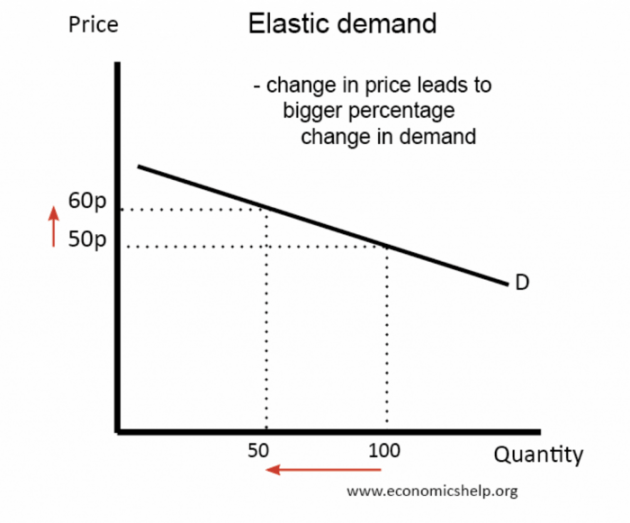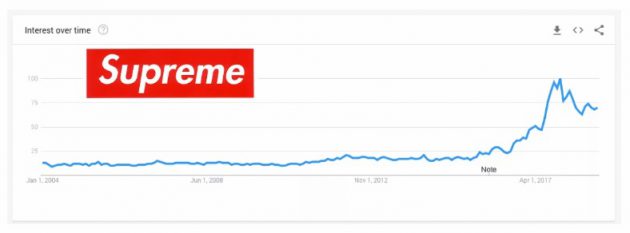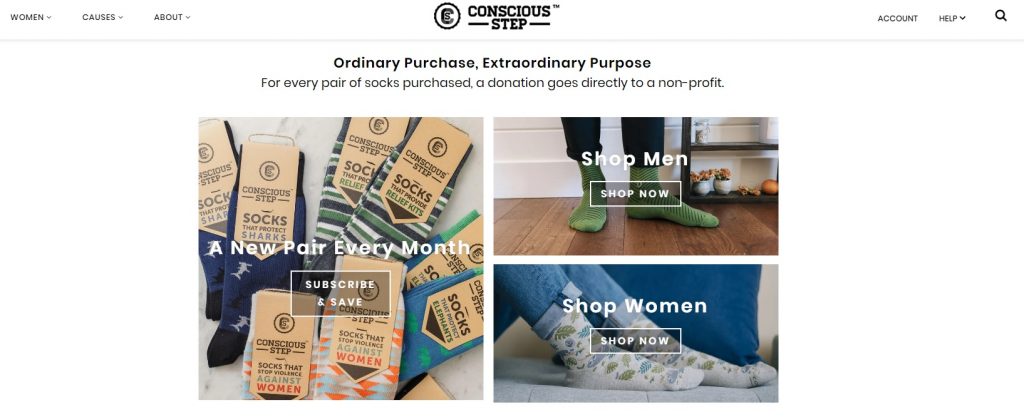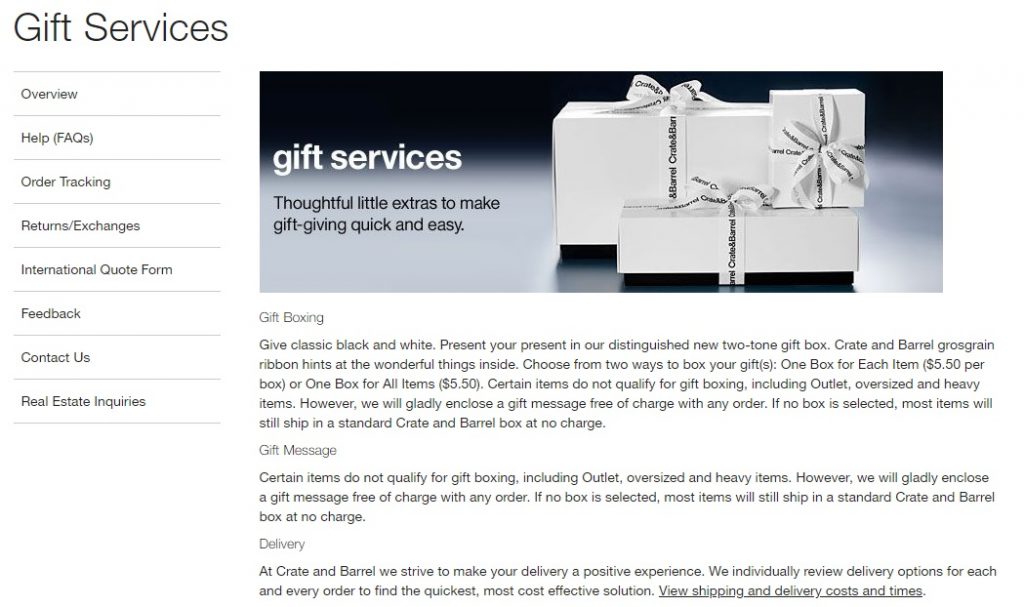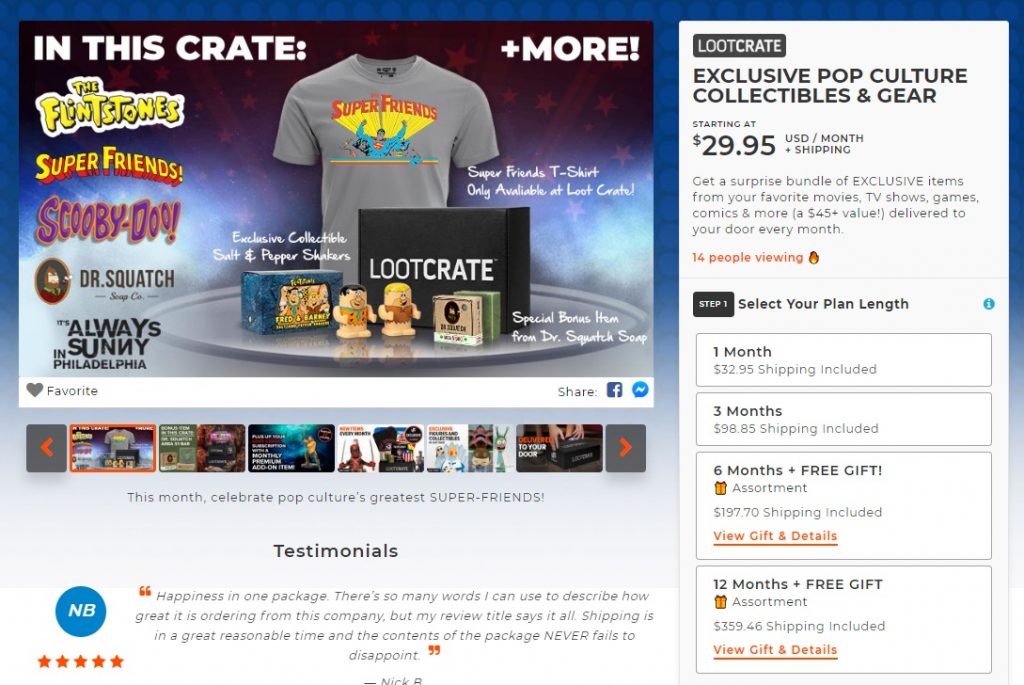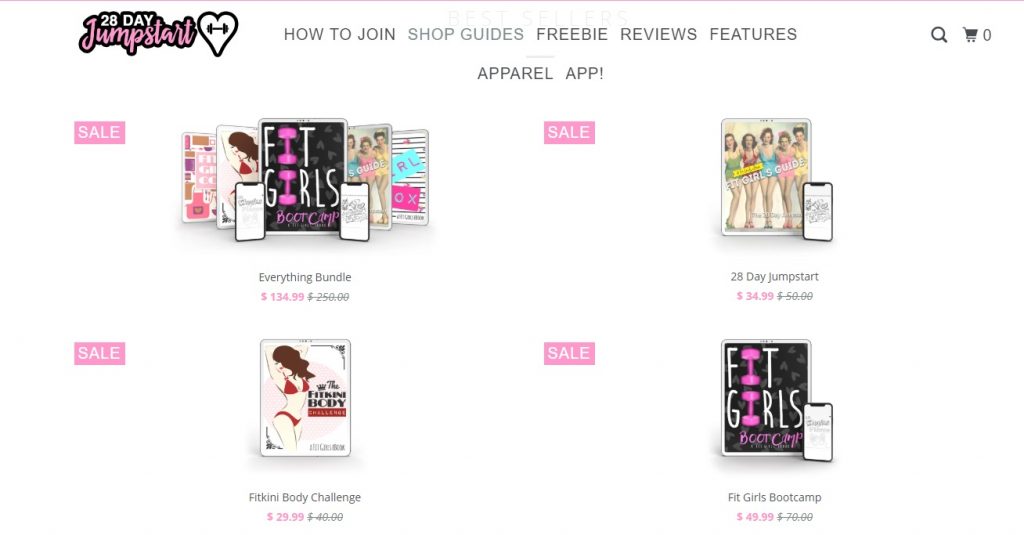Monitoring, reviewing, and tweaking product pricing is a huge component of running a successful (AKA profitable) eCommerce business. Still, you can’t just increase your prices on a whim; you need a strong eCommerce price increase strategy. A strategy that will ensure you are not alienating your existing customers and pricing yourself out of the market for new shoppers, while ensuring you are still earning a profit. In short, it’s a fine-tuned balancing act.
The three main reasons why online store owners increase their prices are:
-
Inflation and market changes
-
Production cost changes
-
Competitors charging more for less
A good price increase strategy for eCommerce should take into consideration your growth goals, niche, target market, needed profit margin, market share, and competitors. You will also need to take an in-depth look at the products themselves and assess demand, positioning, distribution, and sales.
Think of your overall eCommerce pricing strategy as a set of scales. While one product may be priced lower than preferable for profits – dragging the scales into a loss – another will have room for higher margins and tip the scales into a gain. As we said, it’s a balancing act. This can be tricky to navigate, especially as your online store grows beyond the 7-figure revenue mark.
Newbie Tip: Haven’t opened your online store yet? You may be tempted to discount your product heavily to break into a busy market, but this isn’t the answer unless you have a lot of startup budget in your arsenal. Head over to our How to Perfectly Price a Product guide for everything you need to plan your eCommerce product price.
In this post, we give you the ultimate step-by-step eCommerce price increase strategy to follow to ensure you have the (profit) scales tipped in your favor.
Let’s jump in!
Step 1: Review Your Current Prices, Costs, and Pricing Strategies
The first thing you want to do is review your current product prices, business costs, and pricing strategies. This is something you should be doing every six months or after big market or competitor shifts. To review your current prices and costs, you will want to consider these three key elements.
1. Business and Product Costs
First, you will want to do a cost-profit analysis for your online store. This means looking at all your costs – from your eCommerce platform to your PPC marketing tools, and taxes and your overall revenue – to assess your profit margin.
The profit margin of your store is the percentage of revenue you put into your pocket each month after your costs are paid. You will also want to look at the margin of each of your products by taking your selling price minus the cost of the product – which should include the percentage of your business costs such as marketing, rent, and admin.
Before you decide whether you should increase your price and how to do it, you will need a good understanding of your current store and product margins. To give you an idea of your benchmark, a good average profit margin for eCommerce brands is around 30-40%, depending on the product or niche, while 5-10% would be a low margin. If you are new to working out margins, this online Profit Margin Calculator from Shopify will help.
Pro Tip: Before increasing your prices to increase your margins for a specific product, you want to ensure you have looked at your margins as a whole (all your sales). You can also look at reducing operating costs, building brand trust, and increasing average order values to increase profit margins.
2. Price Elasticity of Demand
The next thing to consider before implementing your eCommerce price increase strategy is elasticity of demand. This is a deep look into how your current price is affecting your shoppers’ demand for your products and what a price increase is likely to do to demand.
Let’s say you have an online t-shirt business, and you have positioned your brand as the cheapest (instead of highest-quality) store for t-shirts and rely on significant sales volume to make a profit. Increasing your prices could dramatically affect your demand. However, if you positioned your brand around the quality of your products, your customers are more likely to continue buying your products despite price increases.
Understanding price elasticity will help you assess how sensitive (elastic) to price increases your product and brand would be. The ultimate goal is to grow your brand so that it is inelastic: where demand remains stable despite price fluctuations. We will get more into increasing brand value a little later.
3. Price Strategy
Next, you will want to look at your current price strategy. Are your prices opportunistic – going too cheap in an attempt to boost sales? Or are they carefully based on your target market, niche, brand value, and more – and bolstered with strategic discounts and sales to more sustainability boost sales volumes?
If you’re a newbie store owner, you’re probably using a cost- or market-based strategy. However, to ensure you have the right foundation for increasing your prices successfully, you need to have a price strategy that goes beyond basic cost- and market-based pricing.
For those of you who have an established business, these are the top intermediate and expert eCommerce price strategies you’re probably using:
- Bundle pricing
- Value-based pricing
- Dynamic pricing
- Discrimination pricing
- Lead-generation pricing
- Price-skimming pricing
- Penetration-pricing
- Loss leader pricing
An eCommerce business set up for continuous growth should use a variety of pricing strategies to create their own customized pricing strategy, which should include a combination of competitive, dynamic, penetration, value, and cost-based pricing – to name a few. You can read more about optimum price strategies in our full Competitive Pricing Strategies for eCommerce guide.
Pro Tip: Discounting your products to sell more may be less profitable than selling fewer products at a higher, more sustainable selling price. Additionally, decreased prices could harm your overall brand by giving potential customers the impression of low-quality products. Instead, you may want to find ways to offer more value than your competitors. But more on that further down the post!
Step 2: Study Previous Price Hikes
Next on the eCommerce price strategy list is reviewing previous price hikes you have done, to assess what worked and how your customers and market reacted. If this is your first price increase since starting your online store, looking at your competitors and large, successful brand case studies can help you anticipate how your shoppers may react to your increased price. This may take some digging on your part, but the data you mine here will be highly valuable when crafting a winning strategy.
You’re looking for data that shows why prices were increased and how customers in your market adjusted to those price changes in the past. Not only in terms of demand, but things like average order values, shopper lifetime values, and customer acquisition costs (i.e., was it costing you more or less to convert shoppers before versus after the last increase?)
Bonus Content: What to Do If Your Competitors Reduce their Price
Step 3: Upgrade Your Value
As we mentioned, your ‘perceived’ brand value, as well as the ‘actual’ value you provide your shoppers, is essential to having inelastic products. Your products should be positioned with quality and every step of your sales funnel should include value points. In other words, before you implement a price increase strategy, you want to ensure that you are backing up all your prices with value.
Remember those scales we were talking about? As you increase your price, you will also want to improve or optimize your value to balance out your eCommerce business for sustained growth. You want to ensure that you are not risking your repeat business rates for short-term revenue – as this will have a negative effect on your sales long-term.
Therefore, before you start testing new prices, you want to ensure your online store is consistently delivering value to your customers. eCommerce brands that continuously over-deliver on value are most likely to reach the million-dollar eCommerce store mark and beyond.
There is more to value than just your products alone. Here are seven questions to ask yourself to ensure you have established overall value before you hike up your product prices.
1. Are You Positioning Your Products as Unique?
By either providing original products or positioning your products as unique, you ensure customers are willing to buy what you’re selling – for the price you’re selling it for. Why? Because it adds heaps of value.
This can be as simple as offering unique designs in a competitive product niche such as fashion brands or poster stores. If you’re selling in a niche where products are very similar or interchangeable, customers are more likely to shop competitively based on prices. However, by positioning your brand as more valuable in terms of quality or the service you offer, you can tip the odds in your favor – even if you are priced slightly higher.
Bonus Content: 58+ Trending & Best-Selling Products to Sell Online 2020
2. Are you Focusing on Product Quality?
As mentioned, if you don’t have a highly original product, you are going to have to either ensure your quality is better than your competitors’ or position yourself as a quality brand. The thing is, quality isn’t just about how a product is made; it’s about durability, design, and above all, utility – how the product answers a target shopper’s needs.
Focusing on quality rather than price is important to building an eCommerce business set up for growth. To do this, you need to look at your current customers themselves and ask how your products answer their specific needs or wants, what problems they have that your products solve, and how satisfied they are with their purchases.
3. Are You Investing in Brand Value Awareness?
If you want to have value in spades, investing in product marketing isn’t enough. Building a strong brand image and spreading awareness of that brand will ensure not only customer loyalty but that shoppers will pay more for your products. An excellent example of this is Supreme.
Supreme was able to use scarcity and the power of celebrity influencers to increase the value of their brand as a whole. And boy, has it been effective: their simple t-shirt designs are selling for hundreds of dollars.
4. Have You Worked on Improving Convenience?
Another way you can add value for your shoppers is with convenience. First, ask yourself how long customers are waiting to receive your products – can you better this? But delivery is only a fraction of making your store a more convenient option. You can add value by streamlining your customers’ sales journey and improving your store’s overall shopping experience. You will want to review the following:
- Is my shopping process as simple as it can be?
- How many steps does my shopper have to go through to buy my products?
- What points of interaction can I cut to make the buying process simpler?
- Is there something missing from the buying journey that makes shoppers apprehensive?
Bonus Content: The Online Store Feedback You’ve Been Waiting For
If you want to see how your store compares to other successful eCommerce brands in your niche, then try Benchmark Hero – it’s free!
5. Have You Established Your Brand as an Authority in Your Niche?
Another way to add value is by sharing your brand’s expertise. This can be in the form of valuable how-tos and guides in your niche to help with your customers’ pains and needs. Who are your target shoppers and what do they need and want? How can your knowledge help your customers? Becoming an authority in your niche doesn’t just add to your overall brand value, but will help you boost sales with word-of-mouth marketing and your content marketing strategy.
6. Have You Put Communication at the Forefront of Your Customer Service Strategy?
Communication is key to ensuring you are selling not just a product, but a service. This doesn’t just mean communicating throughout your store how your products uniquely solve potential customers’ problems. You also want to ensure you are communicating with your customers effectively at every level of their sales journey and making your brand available to answer all their questions.
To do this, you want to ensure you have a variety of options so that customers can contact your brand. You also want to ensure you have systems in place to communicate with customers before, during, and after a sale has been made.
Bonus Content: 9 Winning eCommerce Email Campaigns You Should Steal
7. Do You Surprise Your Customers With After-Sale Service?
Your good customer service shouldn’t end the moment a customer finishes checkout. If you really want to add value, you need to make the whole process special – even the delivery. This means staying in contact with customers even after their delivery has arrived, and investing in packaging and an unboxing experience to boost how your product’s value (and price) is perceived. To get you started on your unboxing overhaul, visit this guide.
Step 4: Put Time, Effort, and Budget into Setting Up Testing for Pricing Increases
Before you decide how and when you’re going to increase your prices, you need to ensure you have set up a system to test your price increase strategy. Like with any big business changes, you shouldn’t be going all in and then seeing what happens. You want to make sure you have planned how your new price strategies will affect your demand by testing them on smaller customer segments.
What you will want to do is choose a time frame, select a less popular product, and then increase the price. You want to see how each small segment reacts to the price, judge how traffic and sales are affected, and keep a close eye on customer feedback. Here are some tips to get you started:
- Test different price increase strategies and percentages on different product types and categories.
- Create unique landing pages for your product price tests – but remember to ensure the design matches your site in every way. Then drive a lot of traffic to that page by creating PPC campaigns.
- Test different strategies at different times to ensure you have a complete picture.
- Analyze every result closely, choosing metrics for your store’s prime KPIs.
Step 5: Narrow Down Your Price Increase Strategies
Merely increasing prices across all products on your whole store can do a lot of damage, unless you have really done your homework. Especially if you have a wide variety of products to sell. More often than not, you will want to consider more creative strategies to increase your prices on specific products. Here are some tips on how you can structure your products creatively to apply increases, as well as some alternative backend tactics you can implement to adjust margins without actually increasing your selling price.
1. Include Extras
A good way to raise your product prices while limited customer blowback is by including a little something extra. Customers are more likely to pay a little more for something if they get something extra in return – and it doesn’t have to be an extra something for them. A good example of this is stores that offer a portion of their sales to a charity or cause.
2. Add a High-Value Service
By including value services such as gift wrapping, expedited shipping, subscription options, or warranty buy-ins, you can keep the product price the same but add a markup to the service – therefore earning more without increasing the sale price.
3. Add an Upgraded, Higher-Priced Product Version
This can be as simple as offering different prices for popular colors or bigger versions, or creating a new, upgraded “pro” version of your product. Another great example of this is tiered product subscription options, which look cheaper to your customers but increase your margin overall.
4. Target a Whole New Market Segment
Instead of raising prices, you can create product variants that you market to a whole new customer segment. This can also help you break into new niches and/or categories and increase sales to different, more affluent customers. Market segmentation enables you to use different price strategies or price points for different customers. But be careful of doing this long-term, as you can alienate customers who find out different segments are getting your products cheaper.
5. Bundle Your Products So Increases Look Like Deals
Another way you can increase prices is by bundling products together. This way, the perceived value is much higher, as customers are getting more products for their money. This is particularly useful when introducing a brand new product to your online store.
Step 6: Prepare for Some Resistance
Here’s the truth: you cannot keep 100% of your shoppers happy 100% the time – which is true for price increases as well. But you can prepare and plan ahead for customer blowback, to better navigate the resistance. Here are four ways you can limit price increase resistance:
- Send surveys to your top customers to assess their preference on new, upgraded product versions or deal prices.
- Trade value for price by keeping old prices for product versions with fewer bells and whistles.
- Offer initial and periodic discounts to offset or downplay price increases.
- Highlight product improvements to show that higher prices come with improvements and upgrades.
Step 7: Plan Your Notification Strategy
This step is particularly crucial for those of you who have built your store around a single product, or have a membership- or subscription-based eCommerce brand. Why? Because your price increases are going to be very noticeable and will need upfront communication. Even if you have done everything in this list to create and test your price increase strategy, lack of transparency and adequate notification could be the kiss of death for your store. Instead, you want to:
- Give sufficient notice of your planned price increase; we recommend at least a month.
- Make your notifications as personal as possible and ensure you always thank your loyal shoppers.
- Include all the relevant information on the increase: totals and percentages.
- Communicate the reasons for your price increase, to give context and offer your customers options.
- Include a follow-up strategy so that you are regularly reminding your customers of the increase until it comes into effect.
Step 8: Schedule Your Price Changes Strategically
Once you have decided on and tested your price increases and updated your value to pro level, it’s time to perfectly schedule your new price strategy. Generally speaking, the best time to increase prices is when your shoppers’ satisfaction is at a high – but this should depend on your products and niche. There are some products that will need more of a dynamic pricing strategy where you change your pricing more regularly, while with others, such as a subscription product, for example, you will need to change prices in wider intervals.
The Bottom Line: How to Raise Prices Without Losing Customers
No matter what price increase strategy you implement, if you don’t want to lose customers and scare away potential shoppers, you will want to add value, create bundles and/or upgrades, and capitalize on demand. Optimizing product pricing is not a sprint; it’s a marathon. You will need to adjust, monitor, tweak, and vary your strategies as the market changes.
In a nutshell, you want to think of price strategies as a key, continued part of your eCommerce business. And remember, what works for one product may not work for another – so test, test, test!
Happy selling!

Nicole is a content writer at StoreYa with over sixteen years experience and flair for storytelling. She runs on a healthy dose of caffeine and enthusiasm. When she's not researching the next content trend or creating informative small business content, she's an avid beachgoer, coffee shop junkie and hangs out on LinkedIn.
Recommended articles
 Facebook Ads for eCommerce: 16 Strategies, Examples & Tips
Facebook Ads for eCommerce: 16 Strategies, Examples & Tips
 How to Build a Winning eCommerce Ads Strategy
How to Build a Winning eCommerce Ads Strategy
 Google Ads for eCommerce: Everything You Need to Know
Google Ads for eCommerce: Everything You Need to Know
 10X Your Traffic with PPC Management Software
10X Your Traffic with PPC Management Software
Comments
Powered by Facebook Comments
